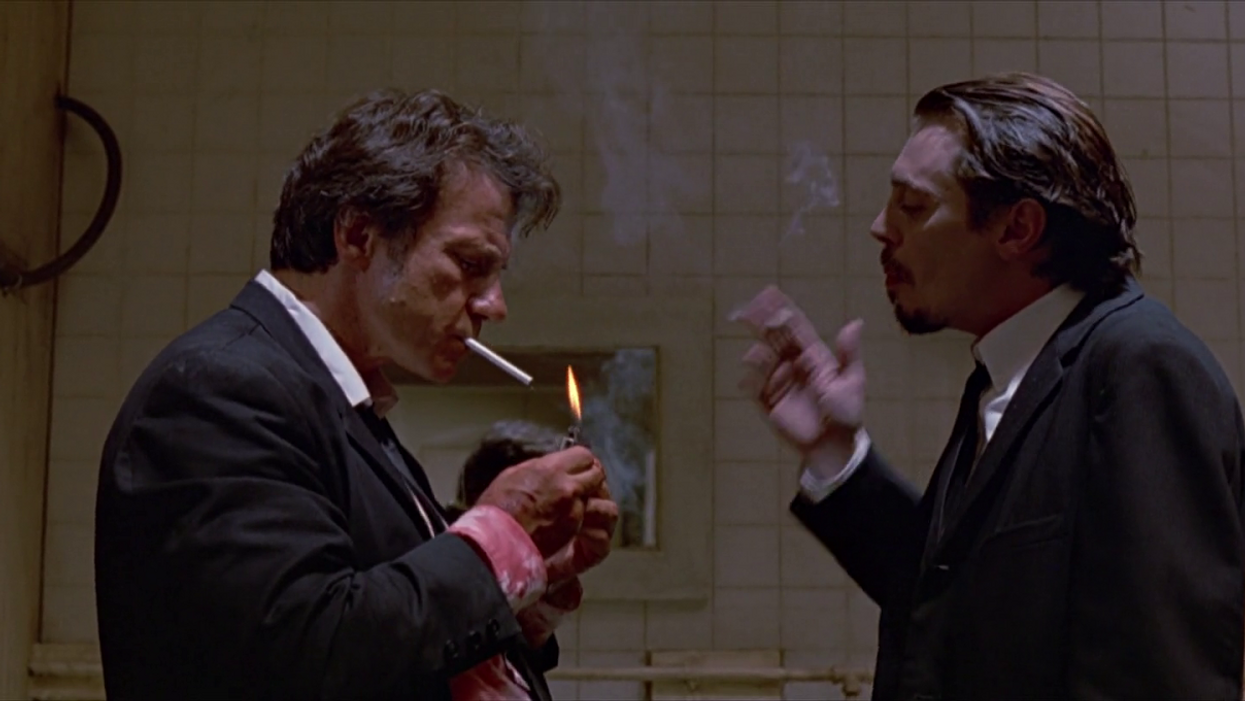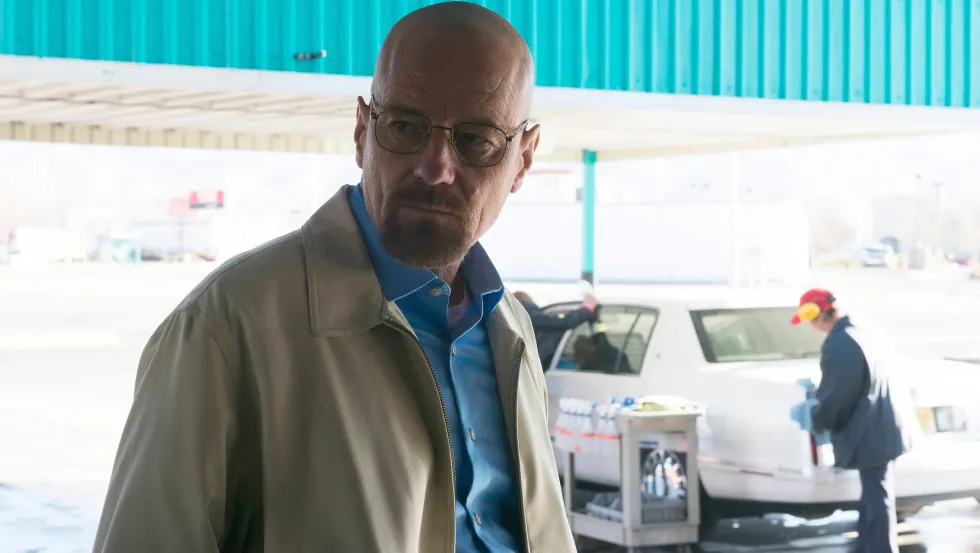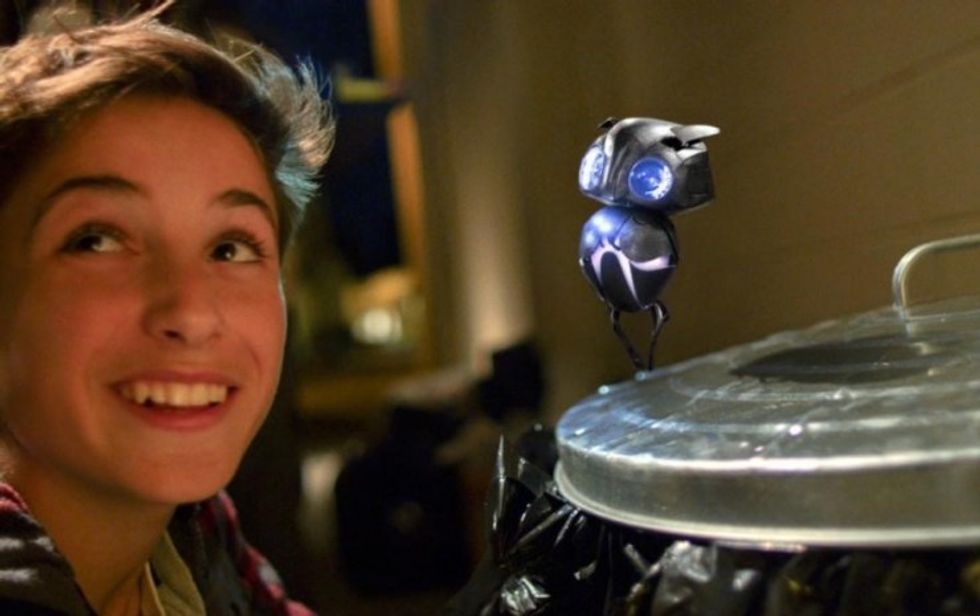Watch: Does Tarantino's 'Reservoir Dogs' Stand the Test of Time?
As filmmakers, how do we know whether our films will stand the test of time?

When a mind-blowing, genre-bending, screen-ripping, explosive debut like Quentin Tarantino's Reservoir Dogs comes out, it creates a bit of a protective smoke screen around itself. Critics write hyperbolic reviews, viewers have hyperbolic reactions, the film is discussed and re-discussed, sometimes for years. In these cases, the cloud of critical and public approval surrounding a film can be so great that you might lose track of what you're actually watching, and thus be unable to determine if the flickering images in front of you add up to anything that is—to radically oversimplify, and for lack of a better word—good.
As a filmmaker, it is useful to watch these movies and try to discern between the outward trappings of a film, those things that get your attention, and the parts that actually might guarantee its quality and cause it to last. Can the film actually bear up under repeated viewings, even if those viewings are many years hence? The ever-prolific, ever-perceptive, and also ever-honest Nerdwriter (also known as Even Puschak) has done just that to mark the 25th anniversary of the Reservoir Dogs release. In the video essay below, he asks himself whether the film has aged well, and answers using an interesting method.
Puschak goes about exploring the question by doing what you should consider doing with any movie you're watching: Look at the bones, the parts, the beginning, the middle, the end. What works for you? What doesn't? What's convincing? What's not? He starts by pointing, aptly, to the power of the film's opening, to the contrast between the humorous (and now copied a million times) conversation between the gangsters at breakfast to the scene of Mr. Orange bleeding out in the backseat of a car driven by Harvey Keitel's Mr. White. The opening, as Puschak indicates, is crucial to the reception of this film, or any film; it sets viewer expectations, establishes a mood, and also indicates what kind of film this going to be, e.g. an unflinching one, in terms of its direct look at violence.
What's important to observe here is his process: He's taking the film apart, piece by piece, looking at the parts, and evaluating them on their own merits.
The essay also points out a moment that may be, in fact, the heart of the film: It's the dramatization of a story within a story, the elaborate lie Mr. Orange tells to make his colleagues think he's legitimate. Puschak calls that moment the most interesting moment in the film, twenty-five years out, and most likely, because it crystallizes the deception, machismo, goofiness, and tension that drives the rest of the story. Elsewhere, Puschak praises how the film's story structure and musical structure play against each other; the music in the film is arranged like an album, with an intuitive transition leading from one song to the next, while the shape of the plot is all over the place, with the reversals and leaps that put Tarantino on the map.
This is all conjecture, though. Evan Puschak's feelings about the film are just that: feelings. What's important to observe here is his process: He's taking the film apart, piece by piece, looking at the parts, and evaluating them on their own merits. He does give the film a little knock on the chin, calling it the most "immature" of Tarantino's works—not unfair, given that it was his first major film. And he does state that the film's references are dated; true, too, given that the movie references figures from the adolescences of characters who were middle-aged when the film was made. But again, many viewers may feel differently. What's important is looking at the bones, and applying the principles of what works and what doesn't to your own films in hopes that they, too, stand the test of time.
Which parts of this film still work for you? Which don't? Let us know in the comments.















